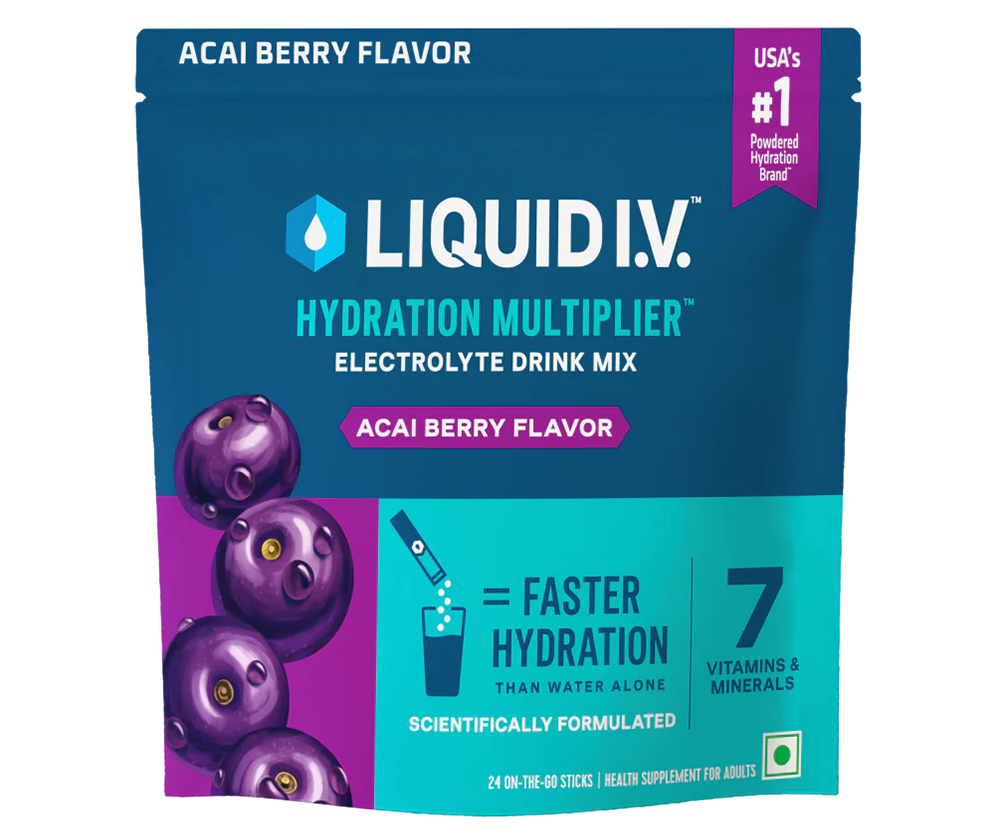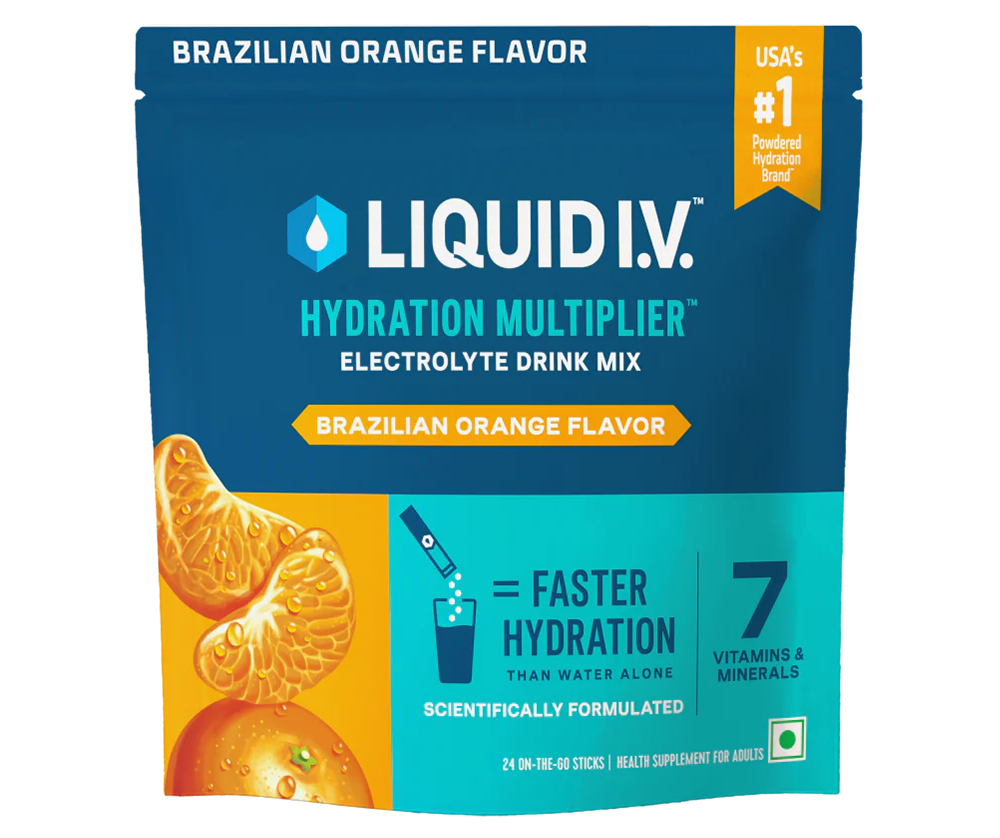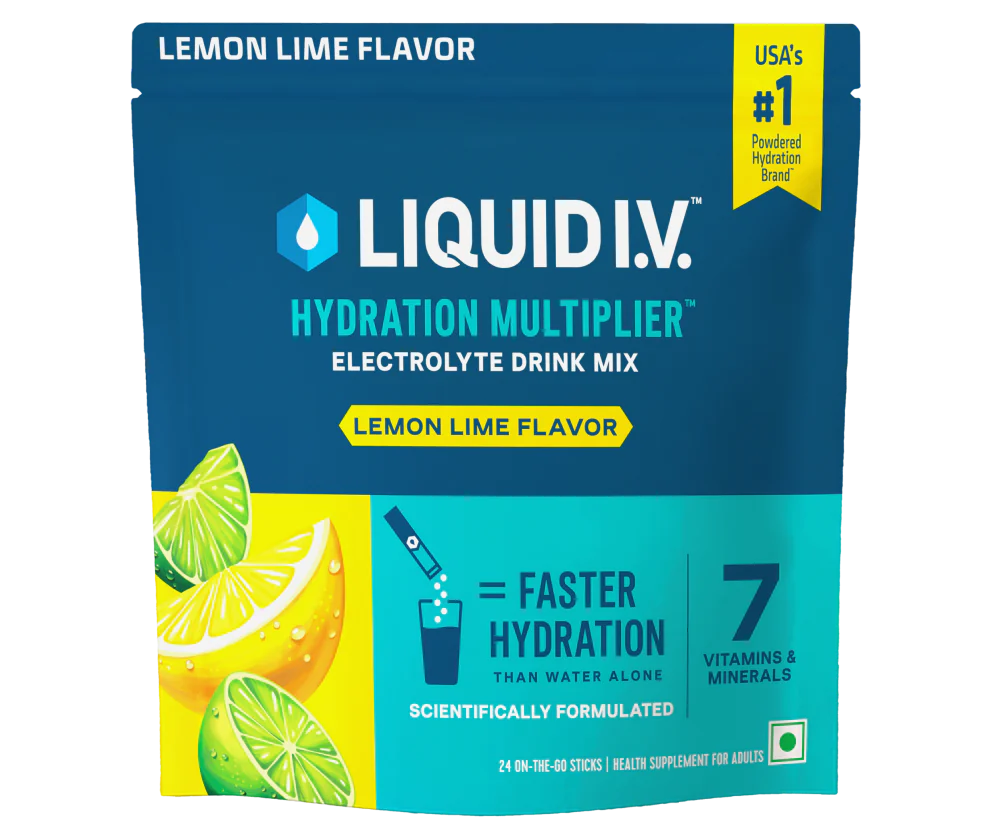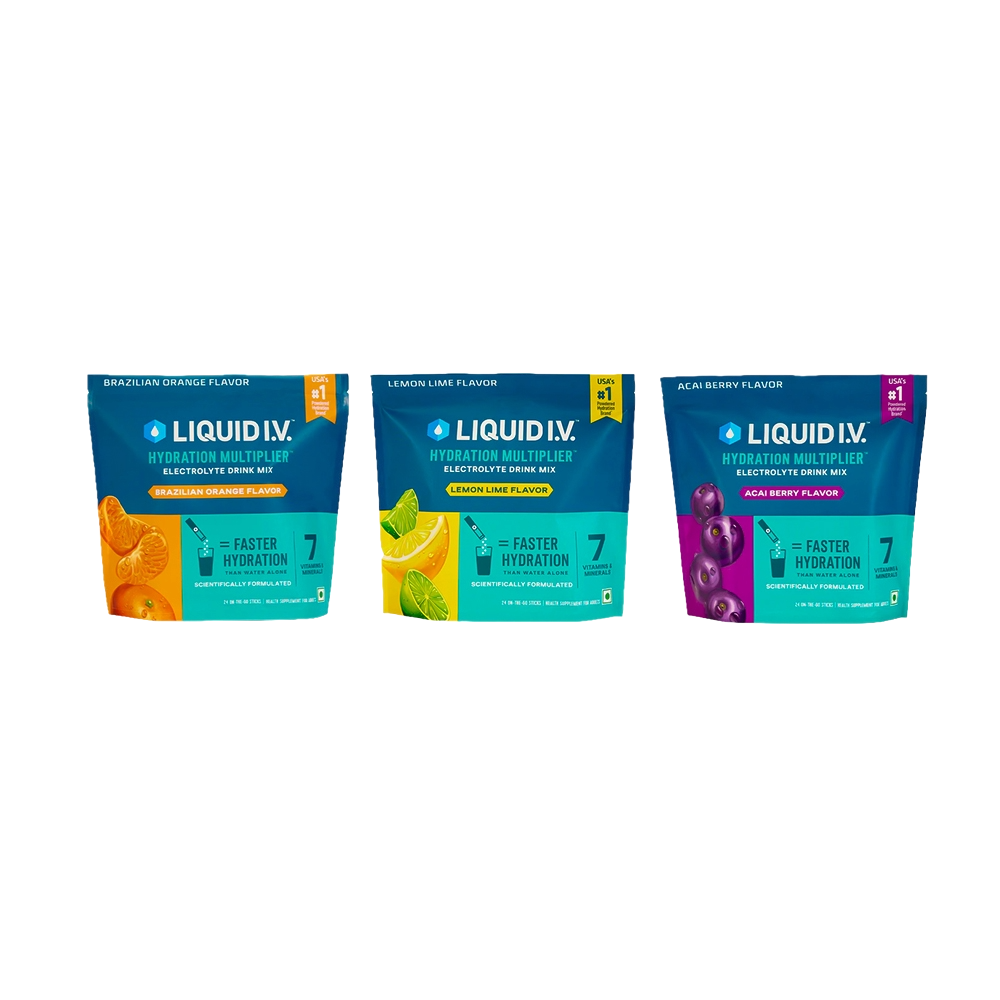What’s Fluid and Electrolyte Imbalance? Here’s What You Need to Know
Alright, picture your body as a buzzing city, where everything - every movement, every thought - depends on a perfectly timed system. In this setup, fluids are the streets and highways, keeping things moving, while electrolytes are the signals and vehicles making sure the important stuff gets where it needs to go. Keeping the balance between these two is non-negotiable for survival. (1) Lucky for us, our kidneys, hormones, and even our thirst instinct are working 24/7 to keep things in check. But if things start getting messy, like an electrolyte traffic jam, it can cause anything from feeling a little off to serious health problems. Learning how this whole system works lets us appreciate how smart our bodies are and helps us recognize when we need to step in and hydrate or fuel up. So, let’s dive into the science of fluid and electrolyte balance and break down how these tiny forces keep us running like a well-oiled machine.
What are Electrolytes?
Electrolytes are minerals in your body that have an electric charge. They are dissolved in body fluids, and they play important roles in many essential functions. They are electrically charged particles, when dissolved in water, that can transfer signals to our nerves and muscles. Electrolytes help our cells stay hydrated and balance blood pH. (1) Think of them as the tiny conductors that allow your body's electrical systems to work smoothly.
What are the Different Types of Electrolytes in Your Body?
Your body is basically running on a VIP lineup of electrolytes, each with a specific job to keep things functioning smoothly:
- Sodium (Na+): The OG of fluid balance, chilling outside your cells and making sure nerve signals fire, and muscles contract and relax like they should.
- Potassium (K+): The behind - the - scenes powerhouse living inside cells, keeping them in check, helping nerves communicate, and helping make sure your heart beats on time.
- Chloride (Cl−): Sodium’s trusty sidekick, working to balance fluids and playing a major role in stomach acid production.
- Bicarbonate (HCO3−): The pH regulator, keeping acidity in check so your body doesn’t freak out.
All these works together like an elite squad, constantly adjusting and reacting to maintain balance. When they’re in sync, everything runs smoothly - when they’re off, that’s when the trouble starts. (1) Staying hydrated and fueling up with the right nutrients keeps this system humming along like a well - run city.
What is an Electrolyte Imbalance?
When your body's electrolyte levels go crazy - either too high or too low - it can mess with a ton of vital functions. Even slight shifts can cause noticeable symptoms. These imbalances can happen for all kinds of reasons, like dehydration from too much sweating, vomiting or diarrhea or eating too much or too little key nutrients. The effects can range from mild to major, depending on which electrolyte is out of whack and by how much. (2) Knowing the signs early is key, so you can step in before things escalate. Keeping an eye on hydration, nutrition, and overall health helps prevent these surprises and keeps your system running smoothly.
What are the Different Types of Electrolyte Imbalances?
There are cool geeky scientific names for different types of electrolyte imbalances! Anything that starts with “Hypo” means low, and the ones that start with “Hyper” means High ! (2):
- Hyponatremia: Low sodium levels.
- Hypernatremia: High sodium levels.
- Hypokalemia: Low potassium levels.
- Hyperkalemia: High potassium levels.
Each of these imbalances can have distinct causes or can be due to dehydration.
How are Electrolyte Imbalances Diagnosed?
Figuring out if your electrolytes are out of whack is pretty straightforward - doctors usually run a simple blood test called an electrolyte panel. This checks the levels of key electrolytes in your system, giving them a quick read on how your body is balancing everything. Sometimes, they might also do a urine test to dig deeper and pinpoint what’s throwing things off. (2) It’s all about getting the right info to keep your body’s internal chemistry in check and running smoothly.
What are the Treatments for Electrolyte Imbalances?
Fixing an electrolyte imbalance is all about knowing which one is off and why. If it's a mild issue, you can usually handle it with simple diet tweaks - like eating more or less certain foods that contain the affected electrolyte. (3) But take a judicious call to get medical help on time. It’s all about maintaining that balance so you feel your best.
Conclusion
Fluid and electrolyte balance is basically your body’s way of keeping everything in check - kind of like a well-run system that’s always working behind the scenes. Electrolytes are the key players, sending signals and keeping things running, while fluids act as highways that move everything where it needs to go. (1) When this balance gets thrown off, your body lets you know through all sorts of symptoms, proving how connected everything really is.
Learning about how electrolytes work and what messes with them helps you make smart choices about hydration and nutrition, plus spot warning signs when something’s off. At the end of the day, understanding this system isn’t just about biology - it’s about keeping your body functioning at its best, so you feel good and stay healthy.
FAQs
-
What causes electrolyte imbalance?
Electrolyte imbalances can happen when you take in less electrolyte. It can also happen if you lose more electrolytes, such as through sweating, and don't replenish it adequately. -
What are the 4 signs of an electrolyte imbalance?
Four common signs of an electrolyte imbalance are (2) -
i) Dizzy feel
ii) Muscle soreness
iii) Headaches
iv) Fatigue or low energy
However, these signs may happen due to other illnesses too. So see a doctor if you feel higher discomfort. -
What happens when your body is low on electrolytes?
When the electrolyte levels are low, you may start to feel uncomfortable- dizzy feeling, fatigue, headaches are common.





